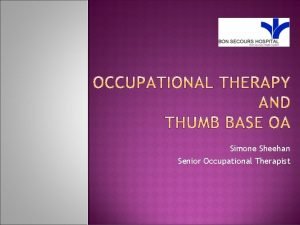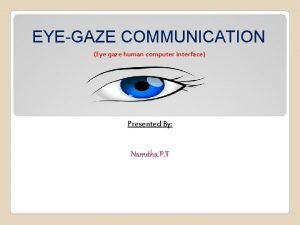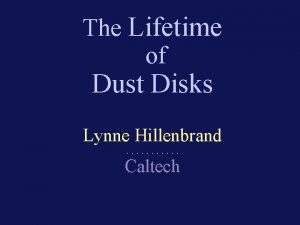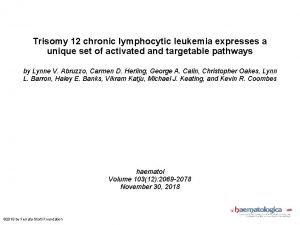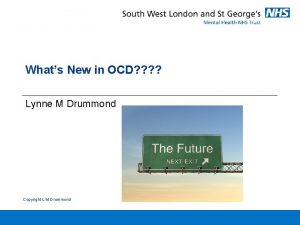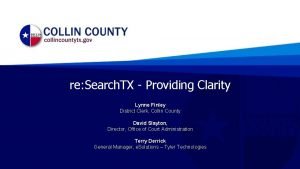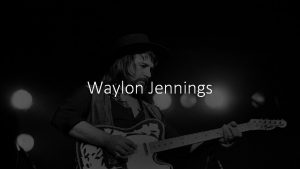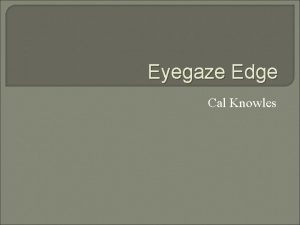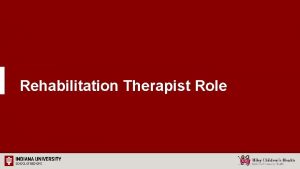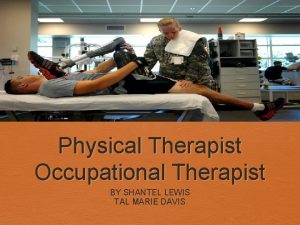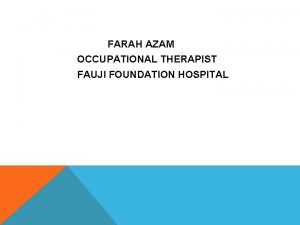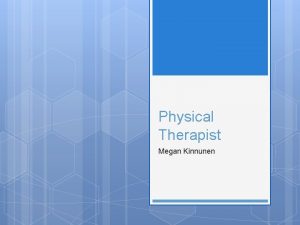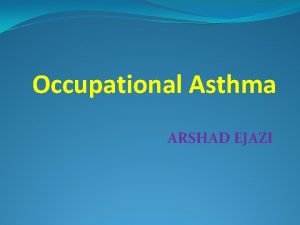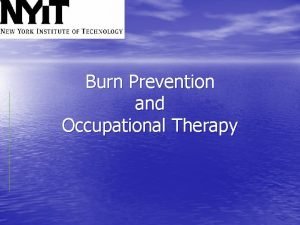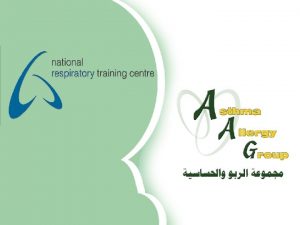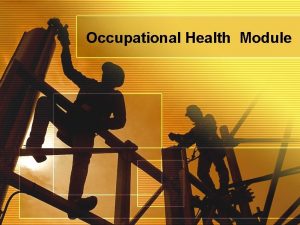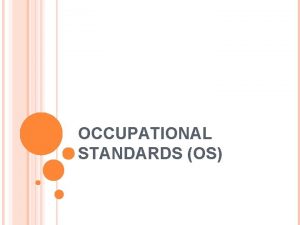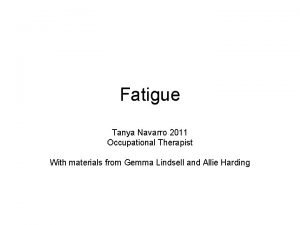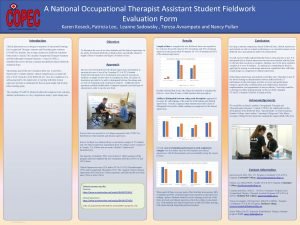Expectations Around Eyegaze Lynne Allsopp Occupational Therapist Access
















- Slides: 16

Expectations Around Eyegaze Lynne Allsopp Occupational Therapist Access To Communication and Technology

Nigel • 41 year old IT worker with basilar artery CVA with cerebello-pontine infarct 4/06/2016 on holiday • Presented in hospital with reduced GCS and found to have DKA • Tracheostomy • PEG • Catheter (from March 2017)

Referral to ACT • Originally referred when in acute care • Referral rejected – team advised to develop low tech – 20 questions, PAS, eye pointing • Re-referrred once in an in patient rehabilitation unit

Rehab Goals • Transfer with hoist with 2 • Sit in tilt in space chair for up to 3 hours • Explore ability to use head control to allow use of a communication aid • Maintain joint ROM • Explore low and high tech communication aids • To explore swallow assessment

Initial ACTappointment • Goals – to develop head switching skills through EC • To develop low tech strategies • Team still convinced that eye gaze will offer a solution

Communication • ‘On admission he could only communicate yes and no via vertical eye movements’ • Low tech options tried – visual communication symbol and written charts, auditory scan of alphabet • Categorised communication chart

Eye Movement • Initially vertical • On discharge, some movement to the right noted – ‘associated with Nystagmus and diplopia on the midgaze’ • ‘Nigel has been assessed by the local ACT service to look at eye gaze, to which he is keen to continue to aim for as a future goal’

Eye Gaze Trial • Initially when in Acute setting: • Able to calibrate but only cope with 6 options on screen • 2 nd trial with different company – cause and effect • 3 rd trial in rehab – December 2016 with 1 st company

HAAT Model

2 nd Review Apppointment • • October 2017 At home since July Excellent use of low tech Joint Appointment with physio – full assessment of movement • Eye/eyebrow movement is the only option

Emego • Emego uses electromyography (EMG) to let the user control applications via a wireless switch sensor. Created for those with severe disabilities to retain independence.

Brain Fingers Use minuscule muscle movements or the brain’s electrical signals to control a PC. The headband software can be completely adjusted and customised to specific individual needs with a wealth of options. From switch-like integration to mouse control,

Scatir

ACTion Switch • EMG switch • Can be fined tuned

3 rd Review Appointment • Nigel’s goal is to access his music on his computer • Plan – Use Grid 3 on Nigel’s desk top PC with simple Grid set and Scatir or ACTion switch

Key Learning points • • Use of language in reports The importance of visual assessment Whose goals Low tech AAC is a personal issue Importance of support and environment Timing of introduction of eye gaze How do we prove its not a financial decision
 Senior occupational therapist
Senior occupational therapist Eyegaze
Eyegaze Eyegaze
Eyegaze Examples of what goes around comes around
Examples of what goes around comes around Martin luther king of hinduism
Martin luther king of hinduism Lynne korte
Lynne korte Aniomagic
Aniomagic Lynne hillenbrand
Lynne hillenbrand Lynne russell
Lynne russell Lynne abruzzo
Lynne abruzzo Dr lynne drummond
Dr lynne drummond Marybeth tinning
Marybeth tinning Birthday present by lynne reid banks
Birthday present by lynne reid banks The great kapok tree vocabulary
The great kapok tree vocabulary Lynne finley
Lynne finley John walvoord
John walvoord Waylon jennings tomi lynne
Waylon jennings tomi lynne
